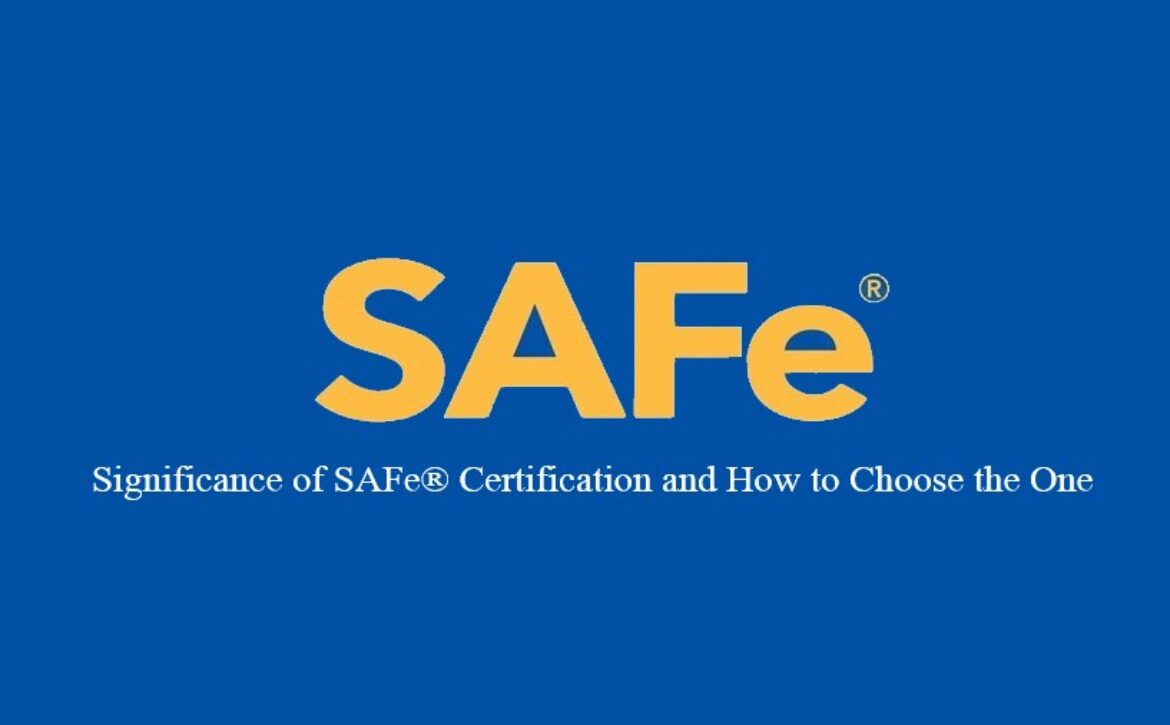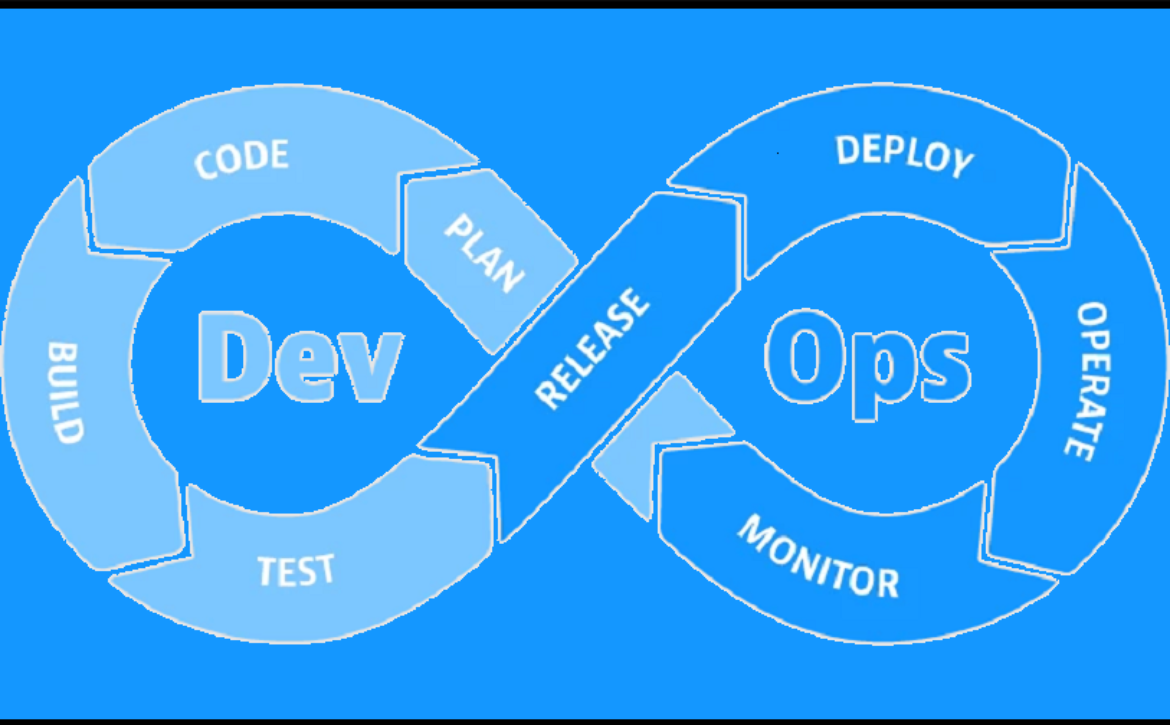Significance of SAFe® Certification and How to Choose the One
Obtaining SAFe® Certification comes with numerous advantages. It provides you with expertise in the Scaled Agile Framework, making you a valuable asset to companies that follow agile principles. This certification also enhances your career opportunities by enabling you to drive business growth and lead agile transformations while adhering to industry standards.
Why SAFe® Certification?
———————————————-
Here we are discussing why SAFe Certification is important. The following are the major advantages of holding a SAFe® certification.
-
Accepted Worldwide
SAFe Agilist, or Leading SAFe, is one of the most famous credentials worldwide. Anyone anywhere in the world can obtain the SAFe® Agilist certification. The Scaled Agile Framework is accepted in many industries across the globe, and possessing the Leading SAFe Certification certifies your expertise in it and shows your dedication to the project.
-
High Paying Position
Earning a SAFe Certificate through the Leading SAFe Training Program has many benefits, including a competitive compensation plan. Certain companies may offer a higher salary to individuals who hold a certification as a SAFe Agilist. Professionals certified as SAFe Agilists often make between USD 80,000 and USD 135,000 annually.
-
Expand Your Audience And Support Market Expansion
There are not many SAFe professionals, and SAFe Agilist certification experts have a year to access the SAFe community forum and the general public. Anybody who has completed the SAFe Training Program can share their SAFe practices, expertise, and tricks here. This action will broaden your audience, advance your business, and raise your profile in the international marketplace.
-
SAFe Adapts Better To The Changing Requirements
These days, a business’s needs vary depending on the customer. Companies want to implement a strategy that would satisfy their clientele’s demands. You will gain excellent proficiency in implementing Agile at scale across all departments and domains of the company to attain remarkable business agility by completing the SAFe Professional Training and SAFe® Certification Levels.
-
Ongoing Development
Customers with large, established teams can receive continuous delivery through DevOps, and individuals can learn how to deploy and integrate with it using SAFe® Agile Certification and training. By obtaining continuous delivery, which enables frequent releases, professionals can manage the increasing workloads by collaborating with the DevOps team. It is made possible through the Leading SAFe course.
-
Boost The Quality Of Corporate Decision-Making
Individuals and corporate teams generally apply lean finance and portfolio management through SAFe training, facilitating installation and maintenance and improving economic and estimation-based decision-making.
-
Contributes To Increasing Rapid Release Value
At the sprint’s end, a product may upgrade to an Agile Release Train with support from the SAFe Principles. The value of this added product is substantial. To put it briefly, SAFe® Certification and SAFeTraining facilitate the timely release of products that offer value to customers.
-
SAFe Certification Adapts to The Complexity Of Projects
Large, complicated projects operate using the SAFe technique. Multiple Scrum teams can collaborate to produce a complex product thanks to SAFe. Based on several concepts, the SAFe approach is transparent, easy to understand, and straightforward. It also contributes to the creation of excellent solutions.
-
Lean-Agile Methodology Implemented Through Safe Certification
Lean Agile grounds on the Agile Manifesto, a collection of guidelines, concepts, and practical methods. SAFe® Certification facilitates the application of this methodology in challenging projects.
-
Enhance Your Career And CV with Value
Your career will undoubtedly improve with the SAFe® Certification, which gives your resume a lot of value and weight.
How To Choose The Right SAFe Certification?
———————————————-
Choosing the proper SAFe® certification is very important for career growth; here are some factors you need to be aware of:
1. Know Your Current Role and Analyze Career Goals
Making a detailed self-evaluation of your current employment function and career goals is the first step toward selecting the appropriate SAFe® certification. Are you an executive in charge of the overarching strategy of a business, a manager supervising several Agile teams, a team member working on Agile projects, or a Scrum Master leading your team through the Agile process? Which qualification best fits your career path will depend on your role.
Selecting the appropriate SAFe® certification requires careful consideration of many variables, such as your current role and responsibilities, career goals, organizational needs, experience and prerequisites, training and SAFe® Certification exam procedures, and a dedication to lifelong learning.
2. Explore the SAFe Certification:
Before choosing which SAFe Certification is best for your career, explore all of the SAFe Certifications and understand the purpose of that certification for your work culture. For Example, individuals who aspire to hold the position of Product Owner or Manager have to contemplate obtaining the SAFe® Product Owner/Product Manager (POPM) certification. The main points of emphasis are on the functions and duties of product management in a safe setting, such as managing the backlog, interacting with stakeholders, and producing value via efficient program increment planning.
SAFe® Program Consultant (SPC) certification is a vital qualification for consultants and trainers if you want to work as a SAFe consultant or trainer. With this certification, you’ll be ready to coach other SAFe roles, guide a company through a SAFe transformation, and drive change to successfully deploy and maintain Agile principles on a large scale.
3. Organizations Requirements
Identifying the positions that are in high demand can be a crucial step in making a certification decision, especially if your company is implementing the Scaled Agile Framework (SAFe). By carefully assessing your organization’s needs, you can confidently select a certification that aligns perfectly with the implementation of the SAFe framework in your company.
4. Experience Level And Eligibility
Certain certifications, such as the SPC, have specific requirements, such as having previously worked with Agile, Lean, SAFe, or other applicable certifications. Make sure you fulfill these prerequisites before attempting to obtain a specific certification.
Evaluate how well your present experience matches the certification. SAFe certifications cater to different experience levels. For beginners, starting with foundational certifications is recommended, while more experienced professionals may opt for advanced certifications.
5. Certification Training Course
Evaluate your preferred learning style. SAFe certifications often require formal training, and there are various reputed training providers. Choose a training format (in-person, virtual, self-paced) that suits your learning preferences and availability.
6. Dedicated To Ongoing Education
New versions of SAFe are frequently released as it continues to evolve. It’s crucial to keep up with the most recent advancements, SAFe, and Agile best practices, regardless of the certification you select. Also, To keep your certification current, you may need to obtain Professional Development Units (PDUs) or Scrum Education Units (SEUs), depending on the certificate. It promotes ongoing education and career advancement.
7. Networking Opportunities:
Some SAFe certifications may provide opportunities for networking with other professionals in the SAFe community. Consider this aspect if you value networking and collaboration with peers.
8. Continuous Learning Path:
SAFe certifications are often structured as a learning path with foundational and advanced levels. Plan your certification journey with an understanding of the progression from one certification to another.
Conclusion
A critical step in your agile career, the SAFe® Certification Training from top training institutes will help you advance your SAFe journey. In a four-day immersion event, you will learn how to create everlasting delivery pipelines, coach programs, and manage organizational changes. Develop your knowledge of Lean portfolio endowment, DevOps culture, and Agile release trains. Gain various SAFe certifications to strengthen your career and demonstrate your progress in the agile space. Develop your strategic leadership abilities and ignite organizational excellence with us. Enroll now to start your journey towards elegant mastery by earning the SAFe® certification, an unmatched investment.


